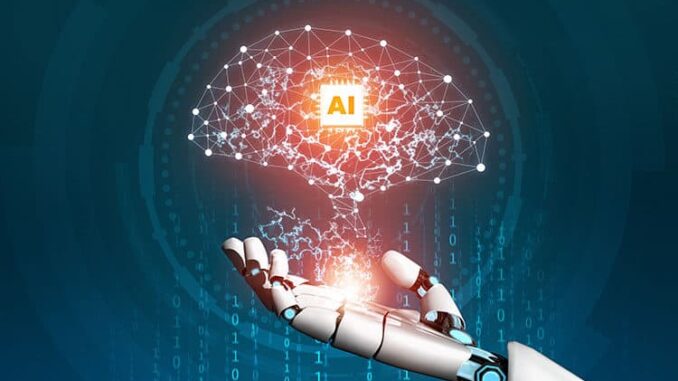
The practical application of knowledge in artificial intelligence (AI) involves translating theoretical concepts into real-world solutions.
This process enhances understanding and mastery of AI techniques, helping students and practitioners to effectively address challenges in diverse contexts. Here’s how this practical application can be structured and the benefits it brings:









#### 1. **Project-Based Learning**
– **Description**: Engaging students in hands-on projects where they must apply AI principles to solve real problems (e.g., designing a predictive model, creating a recommendation system).
– **Example**: Students can work on a project that predicts customer churn for a business using historical data, requiring them to preprocess data, select appropriate algorithms, and train models.
#### 2. **Industry Partnerships**
– **Description**: Collaborating with businesses and organizations to provide students with real datasets and problems to work on.
– **Benefits**: Students gain insights into industry needs and expectations, and companies benefit from fresh perspectives and innovative solutions.
– **Example**: A partnership where students create an AI tool for data analysis based on real sales data from a local business.
#### 3. **Hackathons and Competitions**
– **Description**: Participating in hackathons provides an intense environment for rapid problem-solving, using AI to tackle predefined challenges within a limited timeframe.
– **Example**: Competitions like Kaggle challenges or AI-based hackathons where students develop solutions to specific problems, such as image recognition or natural language processing tasks.
#### 4. **Internships and Co-op Programs**
– **Description**: Internships provide practical experiences where students work on industry projects, applying AI knowledge in professional settings.
– **Benefits**: Students gain skills and experiences that are directly relevant to their future careers while building professional networks.
– **Example**: Working as a data analyst intern, applying machine learning to analyze customer behavior data.
#### 5. **Research and Development Projects**
– **Description**: Engaging in research projects that apply AI solutions to novel problems, allowing students to innovate and explore advanced topics in the field.
– **Example**: Developing a new algorithm for optimizing supply chain logistics using machine learning techniques.
#### 6. **Simulation and Prototyping**
– **Description**: Creating simulations or prototypes to test and demonstrate AI applications before full-scale implementation.
– **Example**: Building a prototype of an AI-powered personal assistant that integrates natural language processing to respond to user queries.
#### 7. **Case Studies and Real-World Scenarios**
– **Description**: Analyzing existing AI implementations in industries like healthcare, finance, or robotics to understand practical applications and implications.
– **Example**: Examining how AI is used for diagnostic purposes in healthcare, discussing its efficacy, challenges, and ethical considerations.
#### 8. **Open Source Contributions**
– **Description**: Getting involved in open-source projects to gain practical experience by collaborating on real-world software development.
– **Example**: Contributing to libraries such as TensorFlow or PyTorch, allowing students to understand and apply AI algorithms in practice.
#### 9. **Data Management and Preprocessing**
– **Description**: Emphasizing the importance of data in AI applications by teaching students to gather, clean, and analyze data before applying algorithms.
– **Example**: Working with large datasets to identify trends or anomalies, crucial for training effective AI models.
### Benefits of Practical Application of AI Knowledge
1. **Enhanced Learning**: Bridging theory and practice helps reinforce understanding and retention of AI concepts.
2. **Skill Development**: Hands-on projects cultivate essential technical skills such as coding, data analysis, and critical thinking.
3. **Problem-Solving Abilities**: Students learn to devise solutions to real challenges, fostering adaptability and creativity.
4. **Confidence Building**: Successful project completion boosts confidence in students’ abilities to tackle complex AI problems.
5. **Professional Readiness**: Practical experience prepares students for the job market, providing them with relevant skills and experience that employers value.
6. **Innovation and Creativity**: Real-world applications encourage innovative thinking, leading to unique solutions and contributions to the field.
7. **Networking Opportunities**: Engaging with industry through projects, internships, and events expands students’ professional networks.
### Conclusion
The practical application of knowledge in AI is crucial for educational and professional success. By actively engaging with real-world problems and projects, students can deepen their understanding, develop vital skills, and prepare themselves for the challenges and opportunities in the rapidly evolving AI landscape. Through innovative experiential learning methods, they are equipped to make meaningful contributions to the field and drive advancements in technology.


Leave a Reply